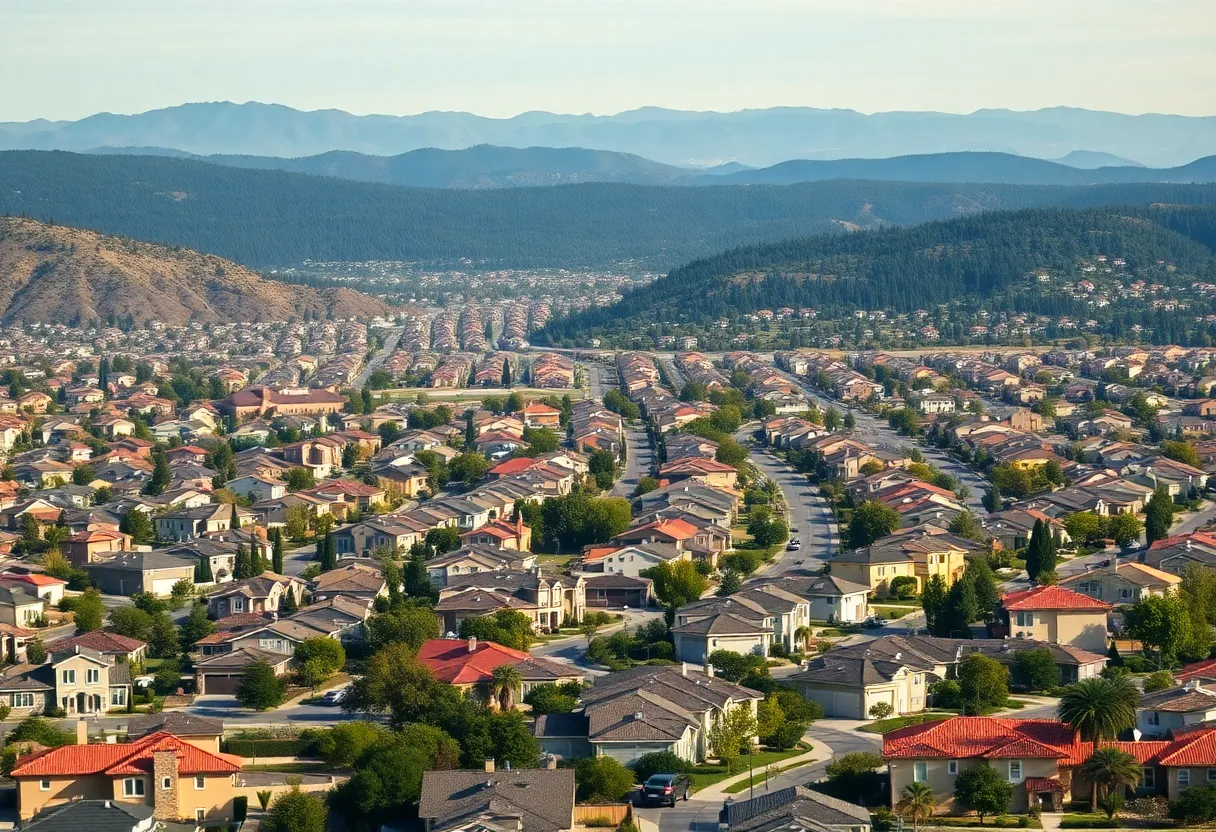News Summary
California is addressing its housing crisis by amending the California Environmental Quality Act (CEQA). Governor Gavin Newsom has signed two bills that will allow developers to bypass certain environmental reviews. This legislative move seeks to accelerate housing development while balancing environmental concerns, although it has sparked criticism from environmental groups. The amendments are seen as necessary for alleviating rising housing costs and homelessness, but they raise questions about the safeguarding of environmental protections.
California Takes Bold Steps to Address Housing Shortage by Amending Environmental Laws
In a surprising twist in the Golden State, California Governor Gavin Newsom has signed two significant bills that shake up the California Environmental Quality Act (CEQA). These changes come right as the state is grappling with a severe housing crisis that has left nearly 40 million residents facing soaring housing costs and homelessness.
A Fresh Approach to Housing Needs
The new legislation, known as AB 130 and SB 131, allows developers to skip some of the deep environmental reviews that were once a staple of project approval under CEQA. Originally enacted more than 50 years ago to protect the environment, CEQA now finds itself in a bit of a bind due to the pressing need for housing across California.
The amendments are part of a last-minute budget deal, linking the approval of a $320 billion state budget to these legislative changes. This tactic has drawn mixed reactions but has enabled the passage of the new bills with strong bipartisan support. The Senate saw a vote of 33-1 in favor, while the Assembly followed with 53-3.
What’s Included in the New Legal Framework?
So, what do these new bills actually cover? The latest regulations provide exemptions from CEQA for several specific types of projects. These include critical infrastructure like wildfire fuel breaks, upgrades to water systems, certain segments of high-speed rail, and facilities for advanced manufacturing, such as semiconductor and electric vehicle plants. This easing of regulations is seen by some as a necessary adjustment to meet the housing demands of a state in crisis.
The Tension Between Environment and Housing
However, the changes haven’t come without concern. **Environmental groups are voicing their disapproval** loudly, arguing that this shift undermines decades of important environmental safeguards that protect vulnerable communities and ecosystems. Critics have raised alarm bells over the potential for public health issues arising from insufficient oversight of facilities that might operate without rigorous environmental scrutiny.
For many, this is a perfect storm brewing. The rapid introduction of SB 131 followed by its swift passage within a matter of days raised eyebrows regarding transparency and public input. Many people believe that this rushed approach compromises the environment in pursuit of housing development, which is already in dire short supply.
Housing Advocates Weigh In
Proponents of these legislative changes argue passionately that the adjustments are vital for building more affordable housing quickly and equitably. The ambitious goal is to alleviate the housing shortage crisis without turning a blind eye to the environmental concerns that have long been a pillar of California’s policies.
Supporters believe that it’s possible to strike a balance. As Assemblymember Buffy Wicks aptly points out, reforms like these can pave the way for quicker housing developments, which are crucial amid rising living costs and homelessness challenges.
Looking Ahead
Despite the passage of these bills, environmental advocates are rolling up their sleeves for a fight. Many are proposing what they call “clean-up legislation” to restore some of the protections that they feel may have been sacrificed. The dialogue surrounding this issue highlights a critical tension between **environmental concerns and urgent housing needs** in California, setting the stage for ongoing discussions as the state moves forward.
As California navigates this delicate balance, residents are left wondering what this means for the future of their communities—will they find affordable housing without losing the natural wonders that make the state so unique? Only time will tell.
Deeper Dive: News & Info About This Topic
- New York Times: California Environmental Law Changes
- Politico: CEQA Overhaul and Housing
- The Hill: Newsom’s CEQA Changes
- San Francisco Chronicle: CEQA Reform News
- Los Angeles Times: Environmental Groups React
- Wikipedia: California Environmental Quality Act
- Google Search: California Housing Shortage 2025
- Google Scholar: California Housing Legislation 2025
- Encyclopedia Britannica: California Environmental Quality Act
- Google News: California Housing Crisis

Author: STAFF HERE ORLANDO WRITER
ORLANDO STAFF WRITER The ORLANDO STAFF WRITER represents the experienced team at HEREOrlando.com, your go-to source for actionable local news and information in Orlando, Orange County, and beyond. Specializing in "news you can use," we cover essential topics like product reviews for personal and business needs, local business directories, politics, real estate trends, neighborhood insights, and state news affecting the area—with deep expertise drawn from years of dedicated reporting and strong community input, including local press releases and business updates. We deliver top reporting on high-value events such as Orlando International Fringe Theatre Festival, Megacon Orlando, and Central Florida Fair. Our coverage extends to key organizations like the Orlando Economic Partnership and Hispanic Chamber of Commerce Metro Orlando, plus leading businesses in leisure and hospitality that power the local economy such as Walt Disney World Resort, AdventHealth, and Universal Orlando. As part of the broader HERE network, including HEREJacksonville.com, HEREPetersburg.com, HERETallahassee.com, and HERETampa.com, we provide comprehensive, credible insights into Florida's dynamic landscape.




